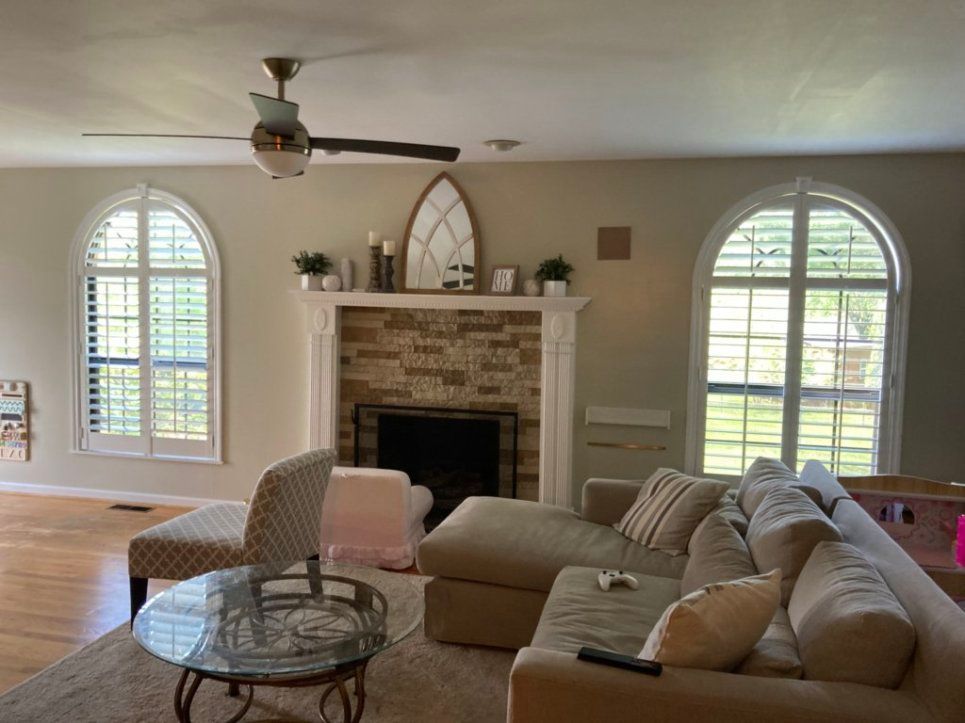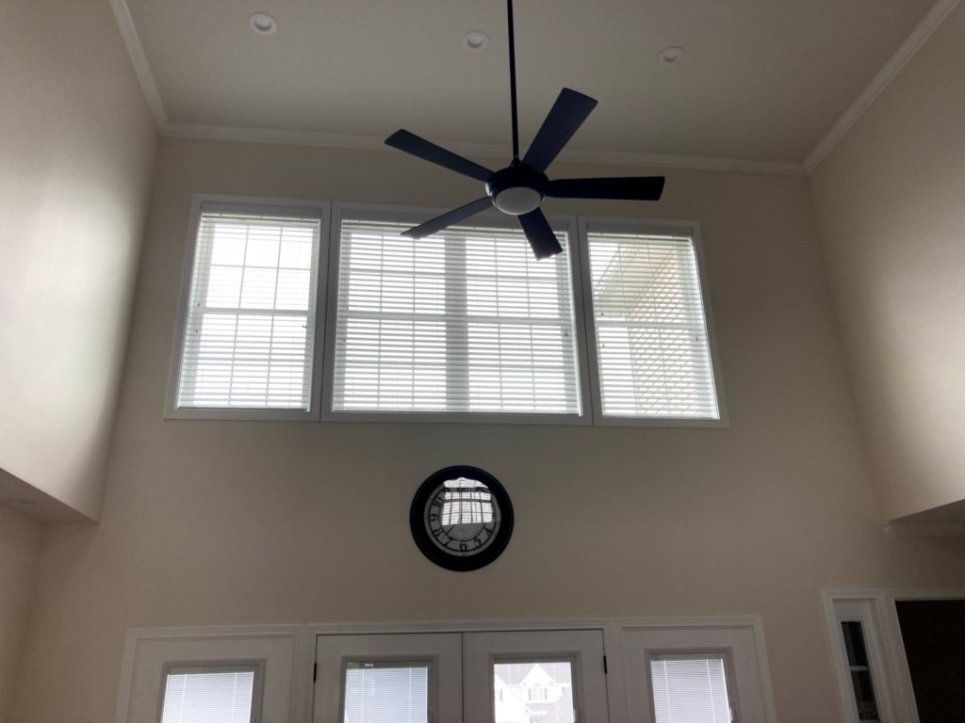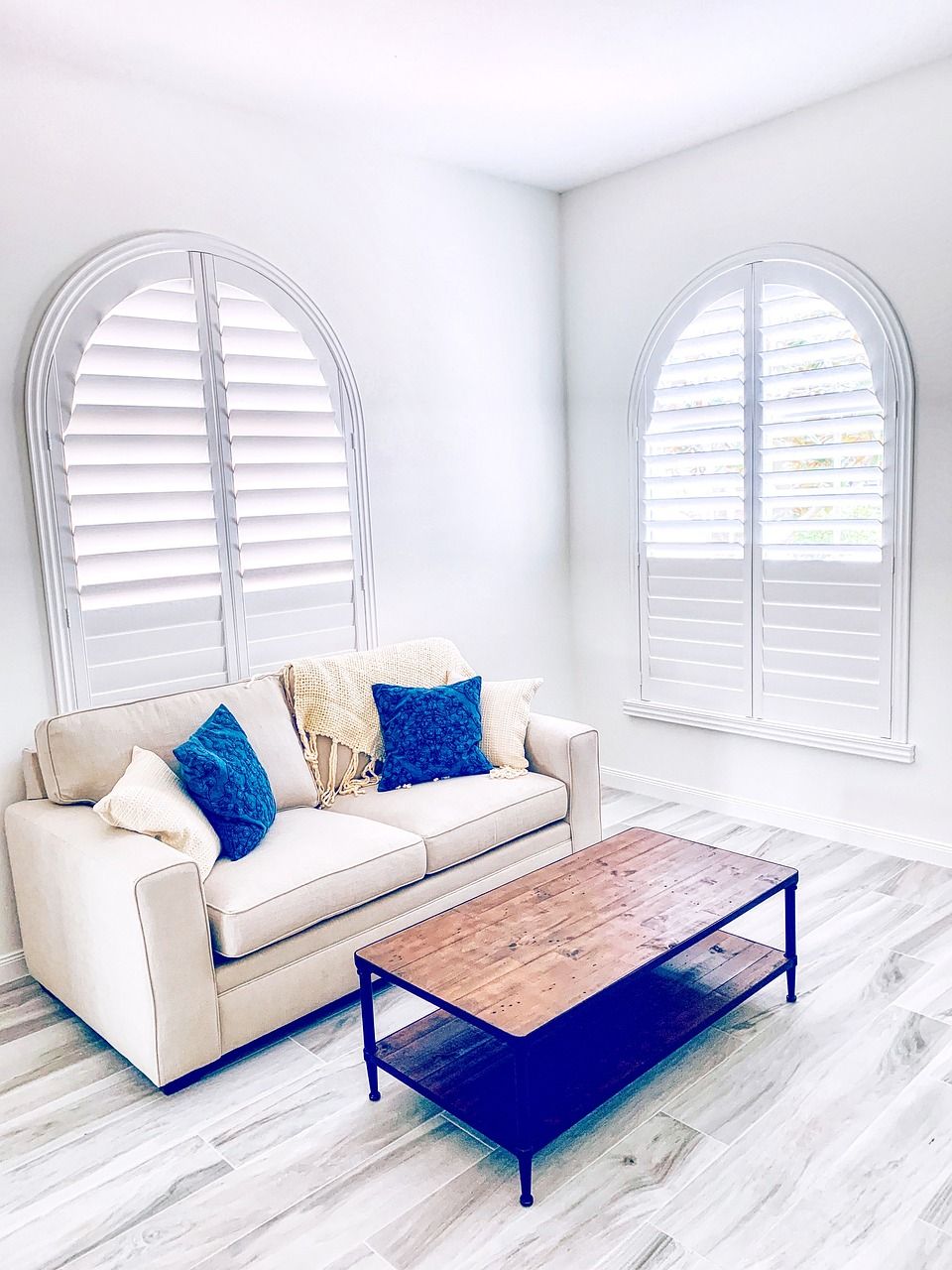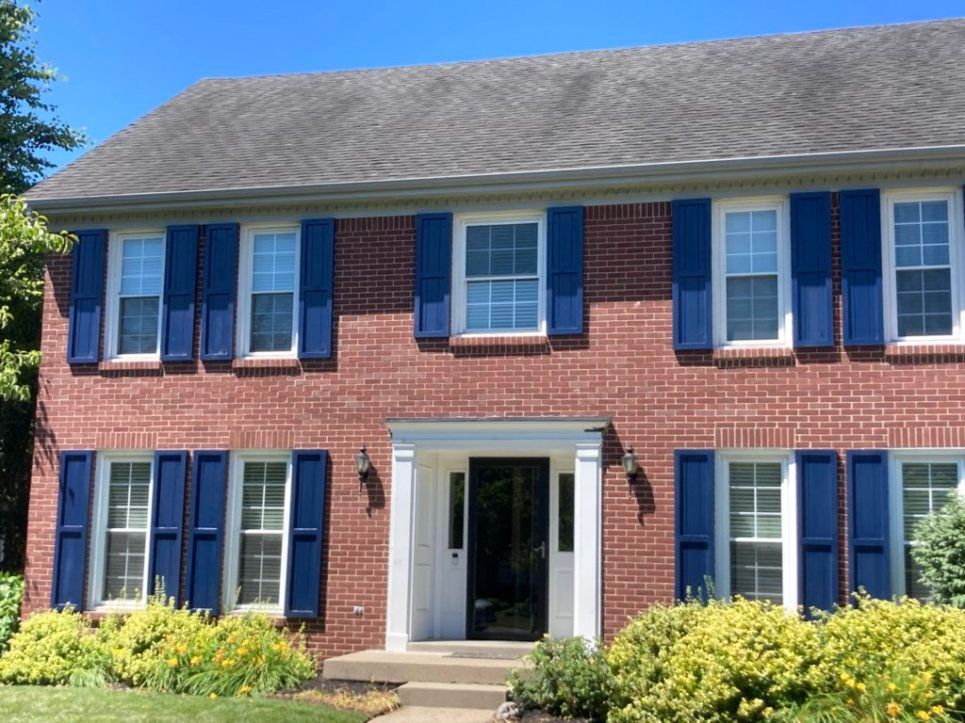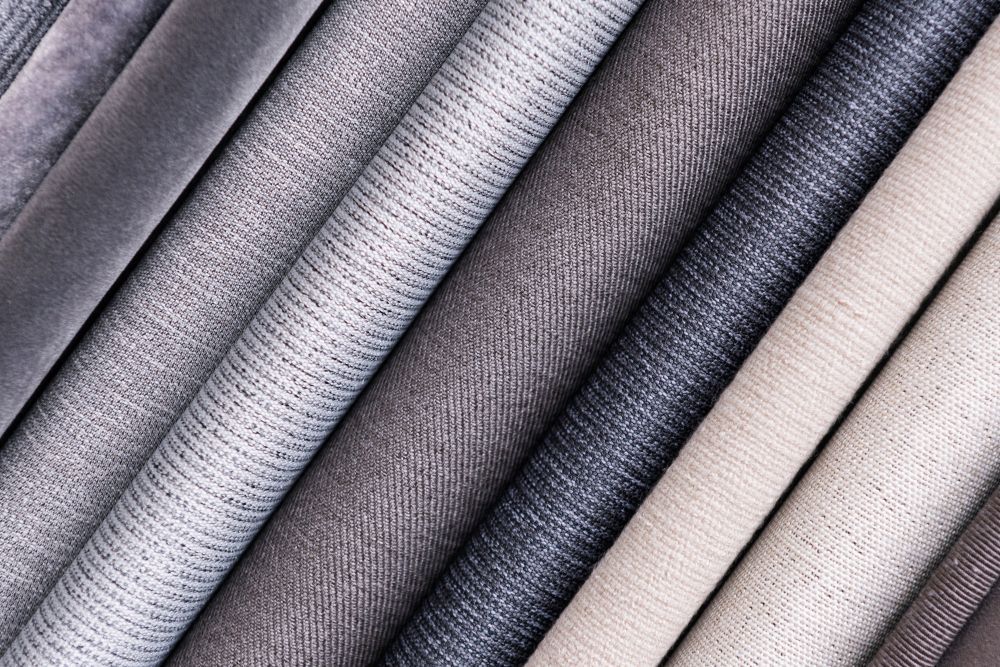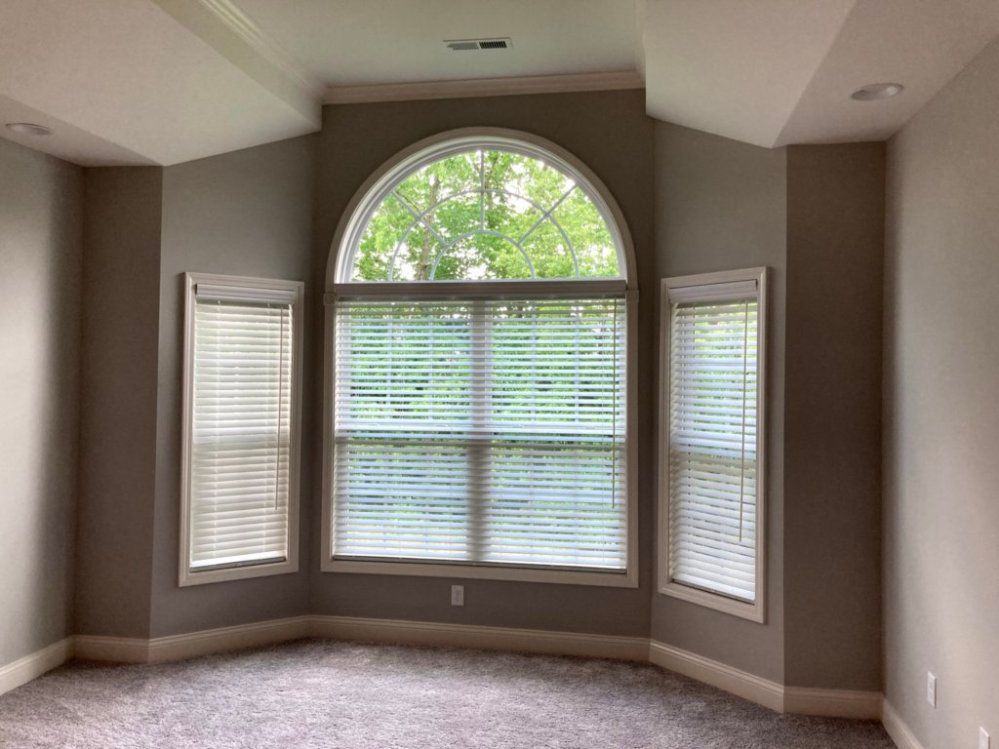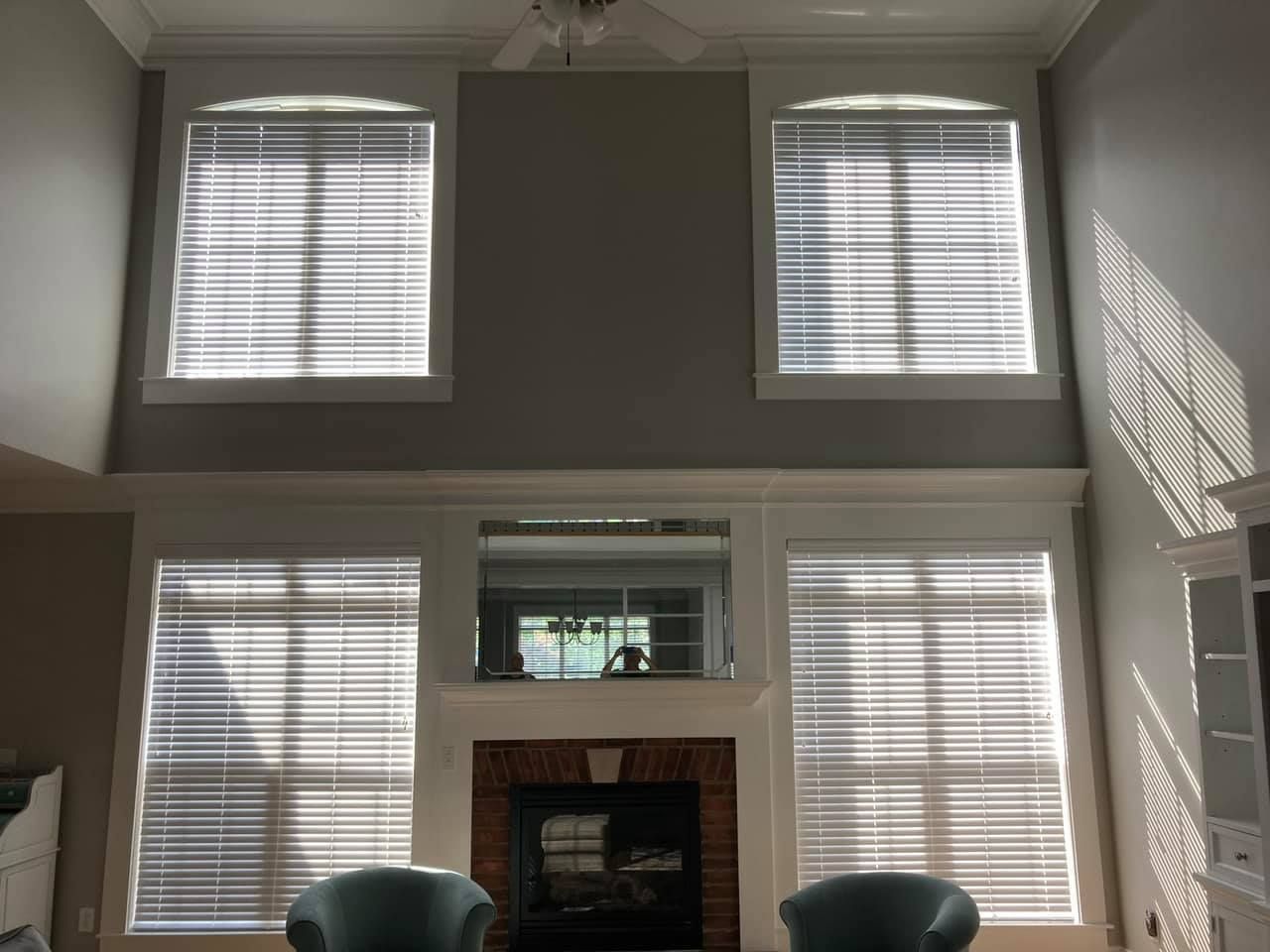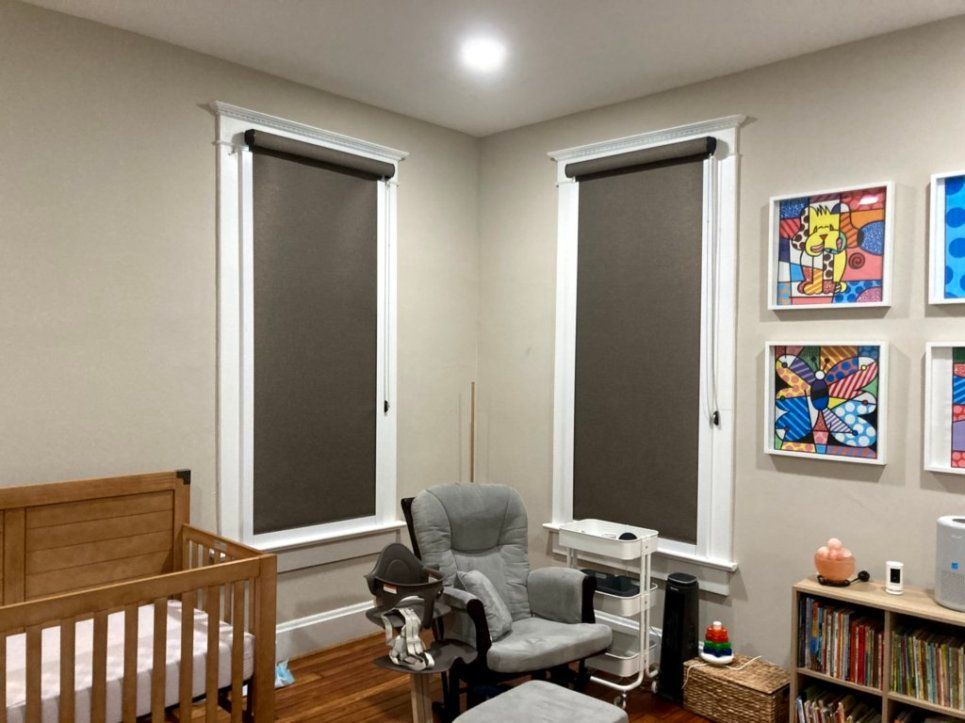A Homeowner’s Guide to the Most Popular Types of Blinds in Lexington, KY
May 17, 2024

Introduction
Choosing the right blinds for your home involves more than just picking a color or style—it's about matching function, window type, material, and daily use. If you live in the Lexington area and are considering blinds, this guide will walk you through the most common types, what each offers, and how to decide which works best for your space.
Understanding the Main Blind Styles
Before diving into materials or finishes, it helps to understand the broad categories of blind styles—once you know these, matching them to your windows becomes easier.
Horizontal (Venetian-style) Blinds
These have slats that run horizontally and can be tilted to control light and view. They work well in traditional window shapes and typical room layouts. Wayfair+1
Vertical Blinds
Ideal for wide windows, sliding-glass doors or floor-to-ceiling windows — the vertical slats stack to one side when opened. Hunter Douglas+1
Roller, Pleated, and Cellular Shades (technically shades, but similar function)
Though not blinds in the strictest sense, these treatments are often considered alongside blinds because they cover windows in a similar way — and they offer different advantages (especially for insulation and light control). Hunter Douglas+1
Popular Blind Materials and Their Strengths
Once you’ve chosen a style, material is the next big decision—especially in a climate like Kentucky’s, where humidity, sunlight and window size can vary.
Real Wood Blinds
Warm, classic and upscale in appearance. Great for living rooms, formal spaces or homes with rich trim and molding. However, they may be more vulnerable in high-humidity rooms like bathrooms. Hunter Douglas
Faux Wood / Composite Blinds
These mimic wood but resist warping, fading or moisture damage—ideal for kitchens, baths or any room with variable conditions. Bali Blinds+1
Aluminum or Vinyl Blinds
Budget-friendly, durable and low maintenance. Good for high-traffic areas or where durability matters more than luxury finish. Bali Blinds+1
Fabric or Soft-Slat Blinds
Less common in the “blind” category but worth noting. These offer more design flexibility (colors/patterns) though may require more ongoing care. House Beautiful
How to Match Blind Type to Your Room and Window
Choosing the right blind means thinking about how the space is used and what the window demands.
Window Shape & Size
- Tall, narrow windows: Horizontal blinds or faux-wood options work well.
- Wide or sliding door windows: Vertical blinds or panel-track blind systems are often best. Hunter Douglas+1
- Specialized shapes or custom installations: Look for professionals who can offer custom sizing and materials.
Room Function
- Bedrooms or media rooms: Consider blackout or room-darkening materials.
- Kitchens and bathrooms: Choose moisture-resistant materials (faux wood, vinyl, aluminum).
- Living spaces: Style and finish become more important—coordinate with furniture, trim and décor.
Light & Privacy Needs
- Need maximum privacy or light control? Tilt slats, motorize blinds or use heavier materials.
- Want natural light but little glare? Choose materials and finishes that filter rather than block completely.
Key Considerations Before You Order
Here are a few practical items to check so your blinds perform as expected and last longer.
Measuring & Mounting
Measure width and height in multiple spots. Decide whether the blind mounts inside the window frame (for a clean look) or outside (for full coverage). Note handles, locks, trim that may interfere.
Operation Mechanism
Corded vs cordless vs motorized: Cordless is safer for homes with children/pets. Motorization is worth considering for tall or hard-to-reach windows.
Maintenance & Durability
Ask about warranty, slat thickness, finish durability, and ease of cleaning. In rooms with open windows or strong sun, materials may fade or warp if they’re lower quality.
Final Thoughts
Choosing blinds is a balance of style, function, and practicality. By understanding the major styles, materials, and how they fit your windows and usage patterns, you’ll end up with treatments that look great and work well for years. If you’re in the Lexington, KY area and ready to explore options, aligning your space, budget and long-term use will give you the best results.
